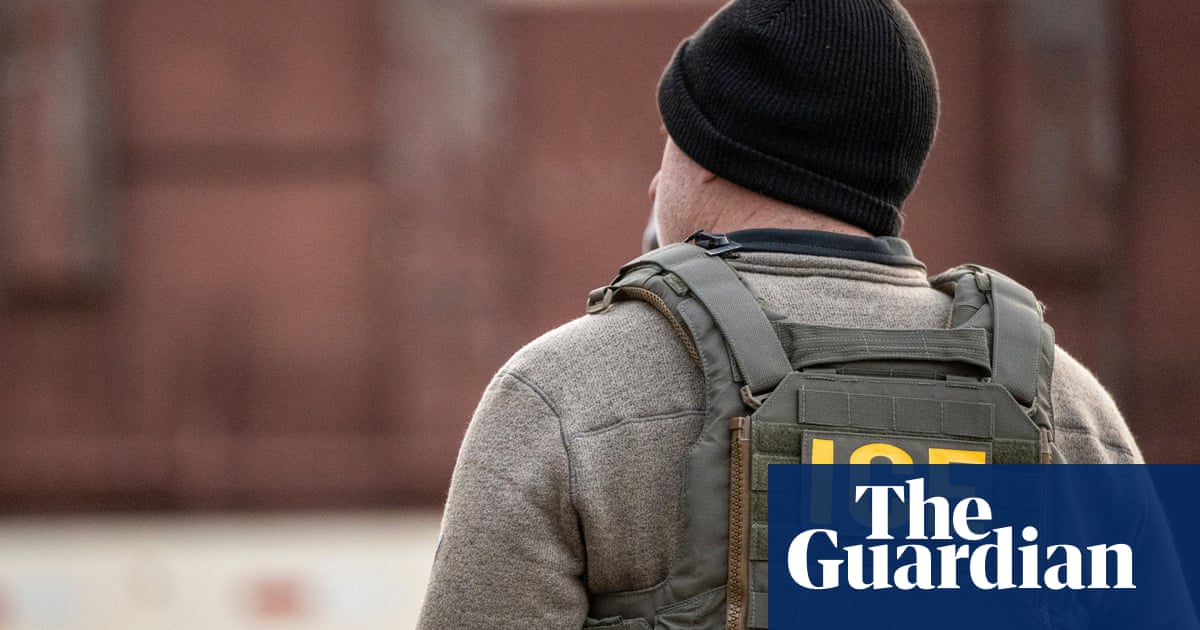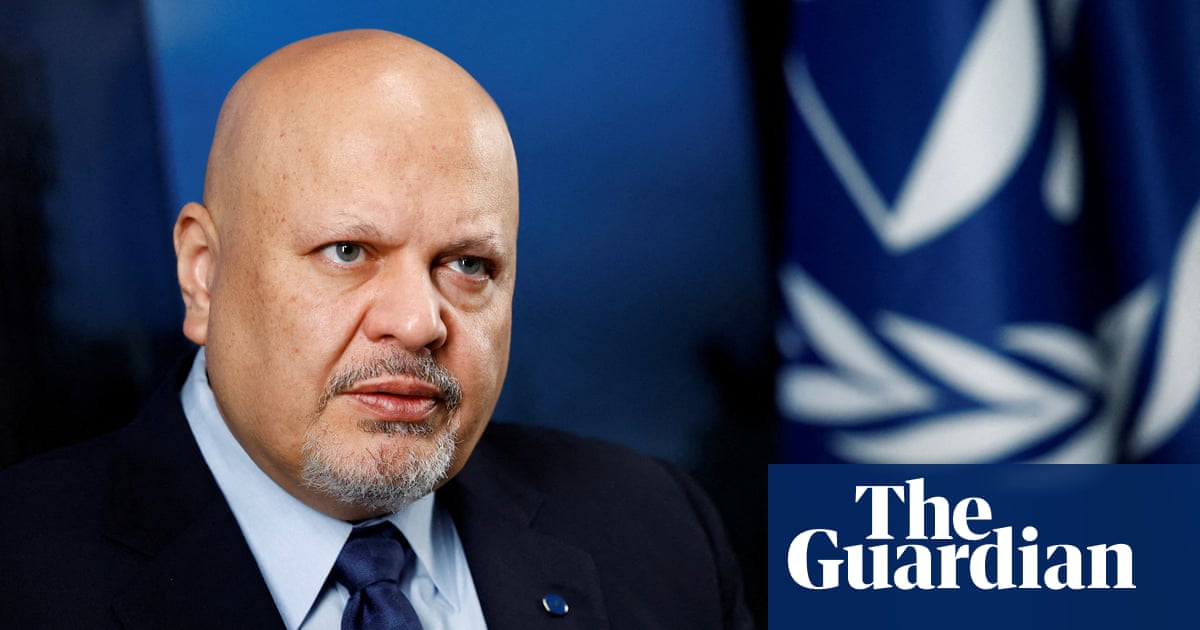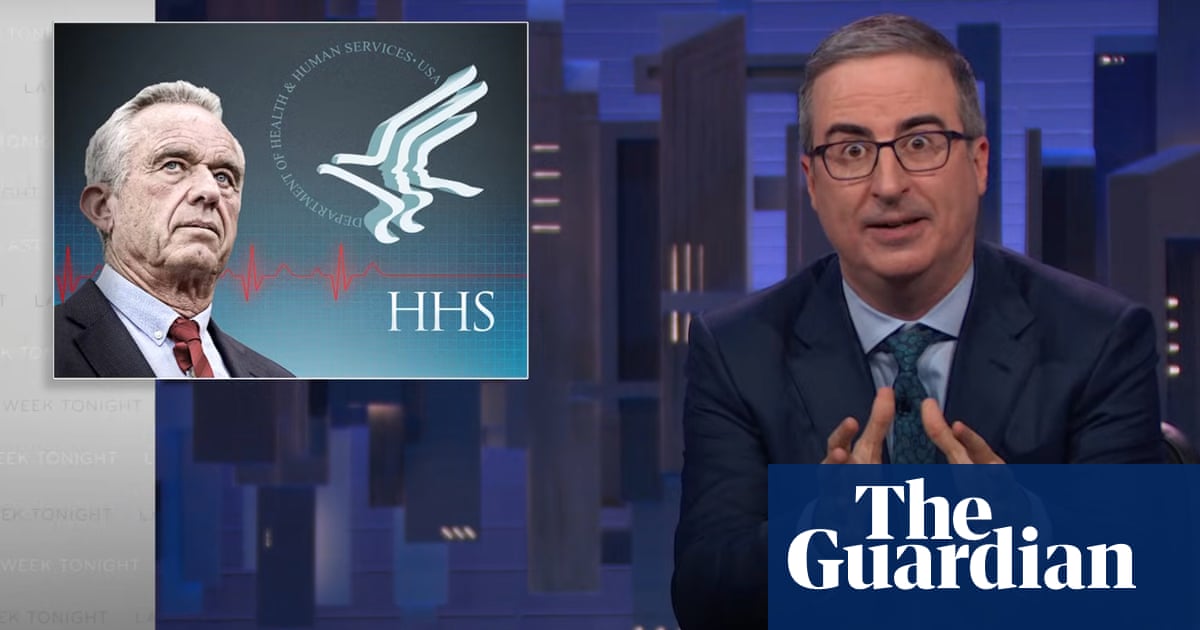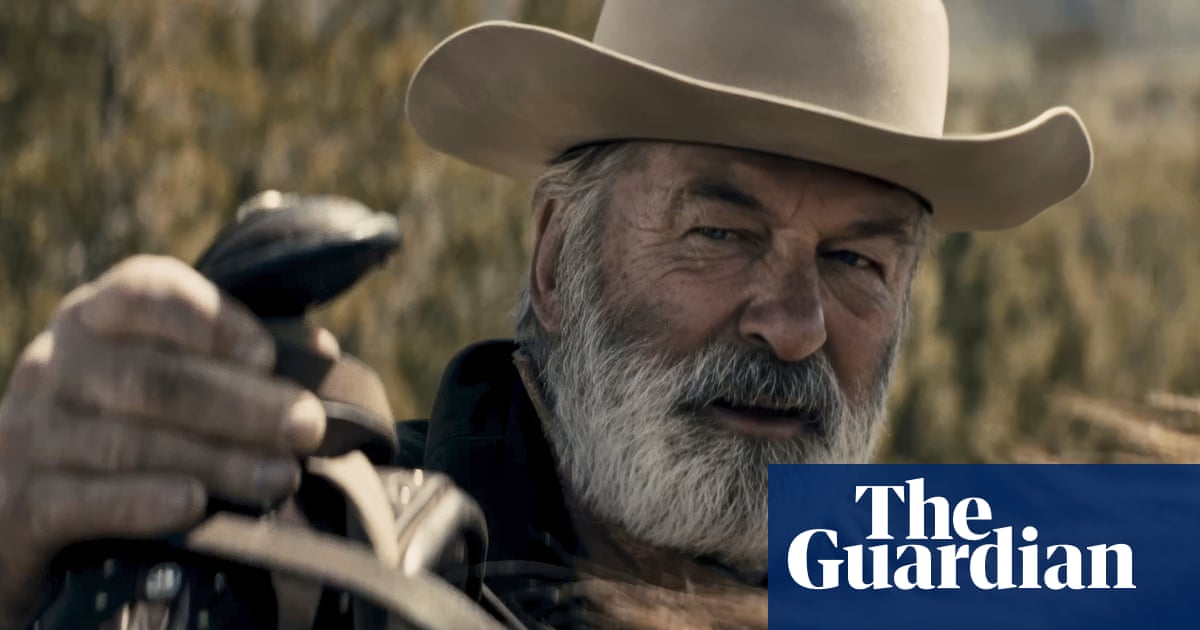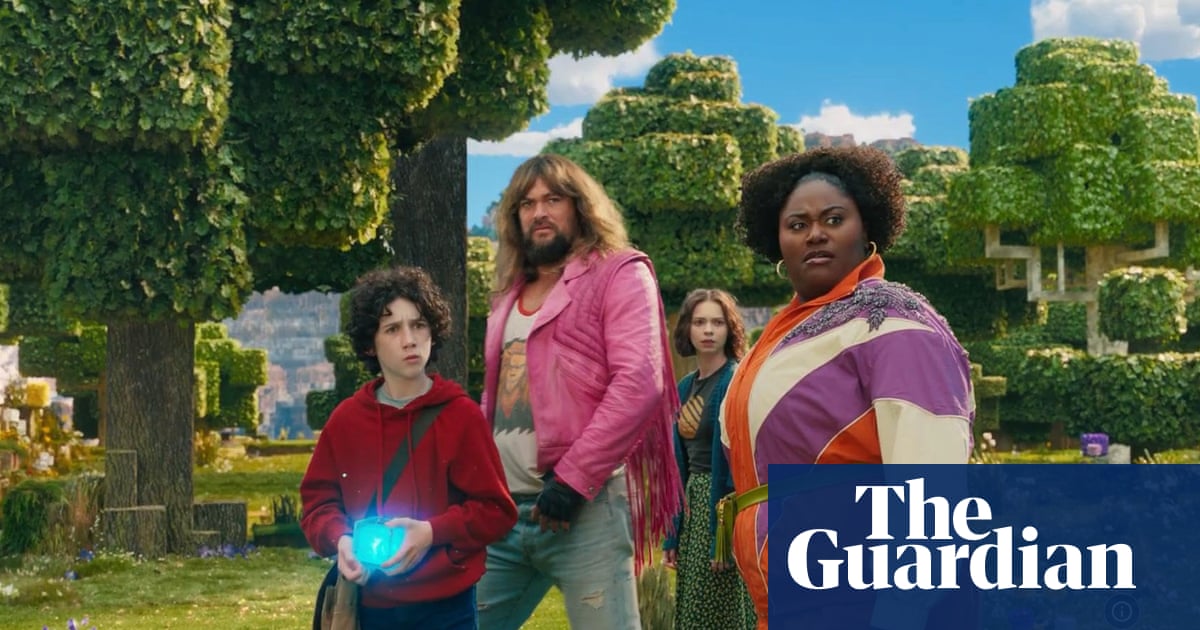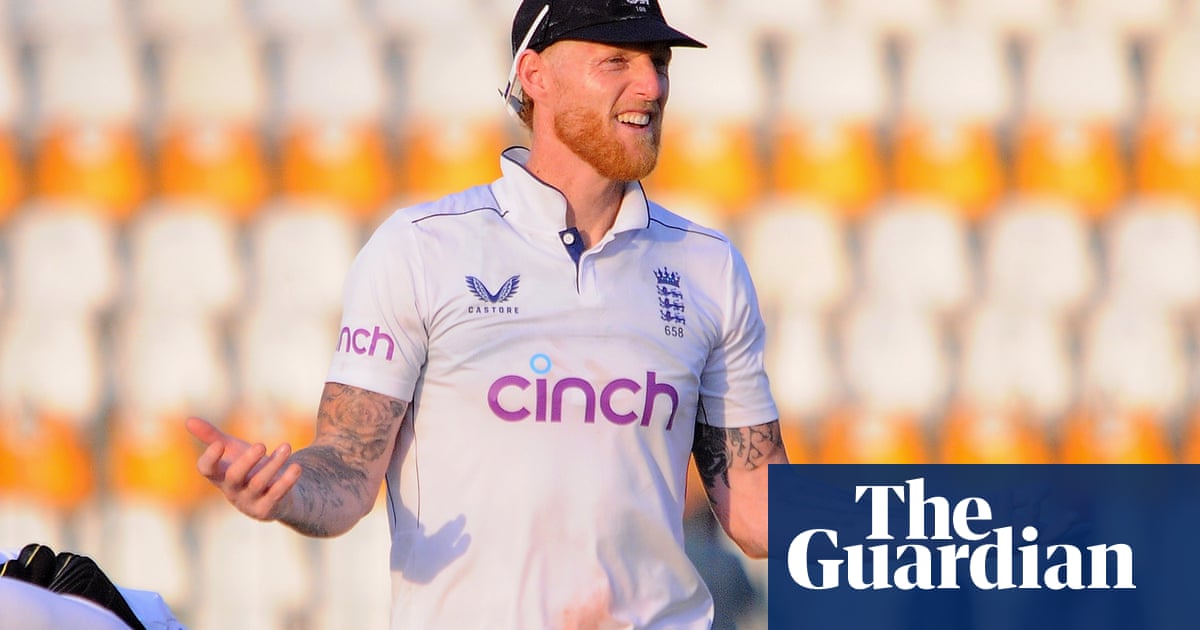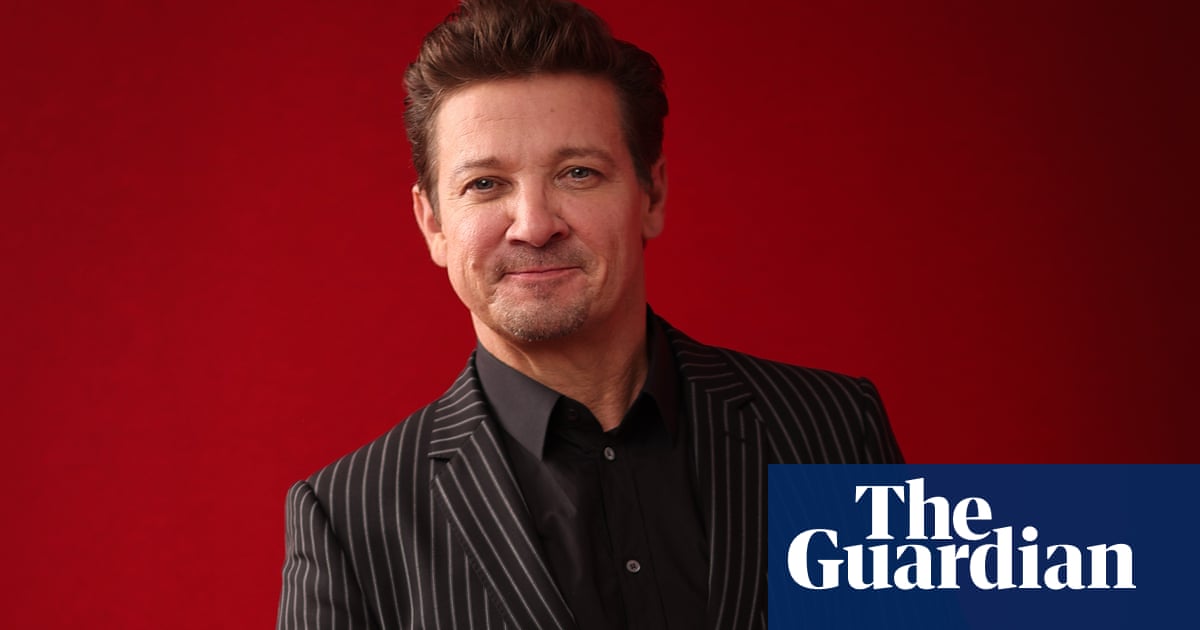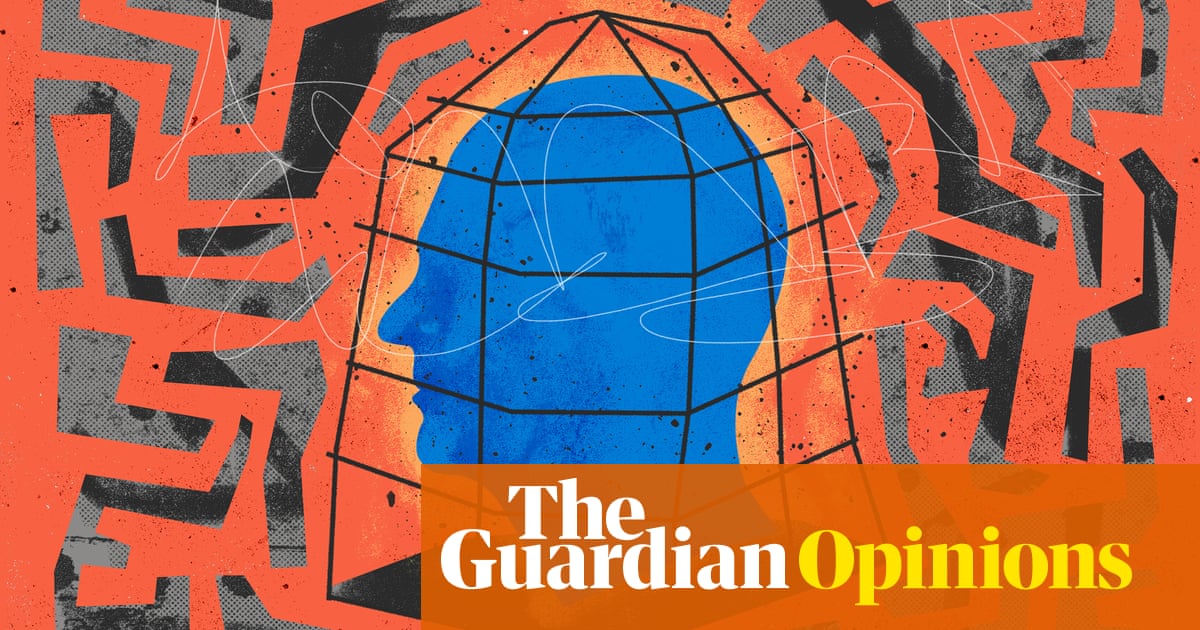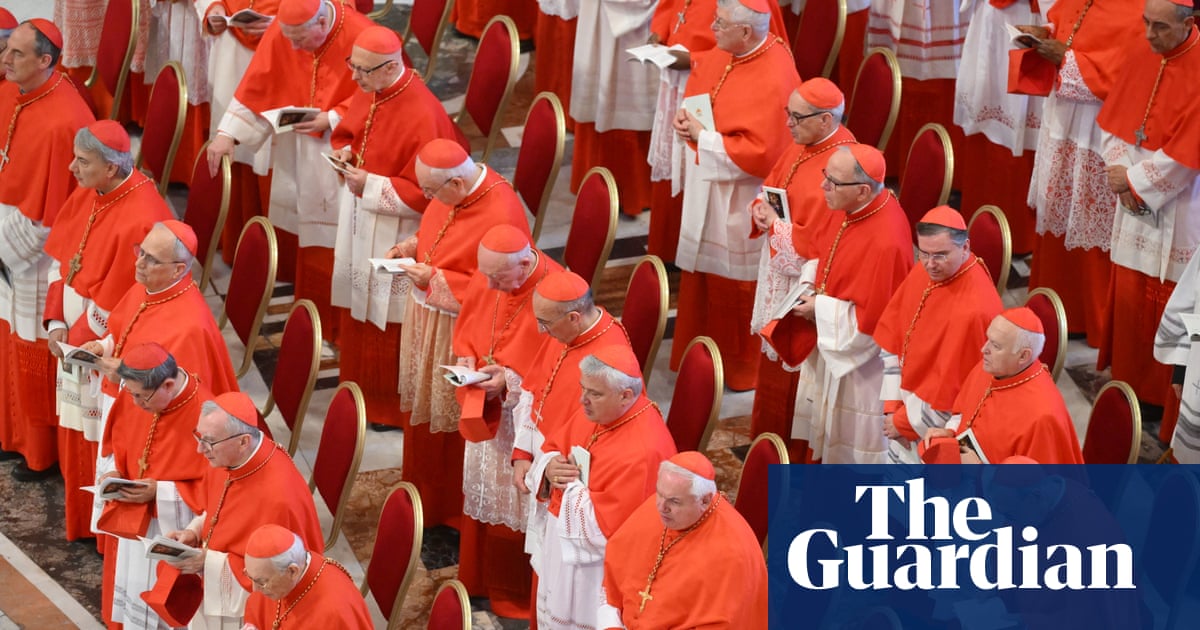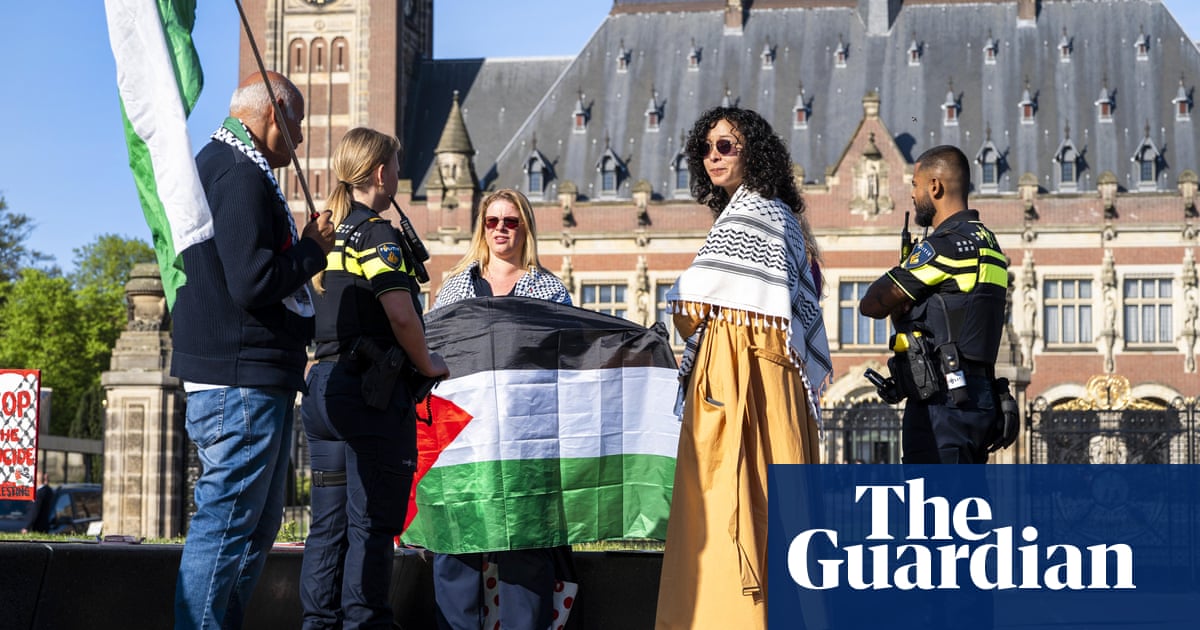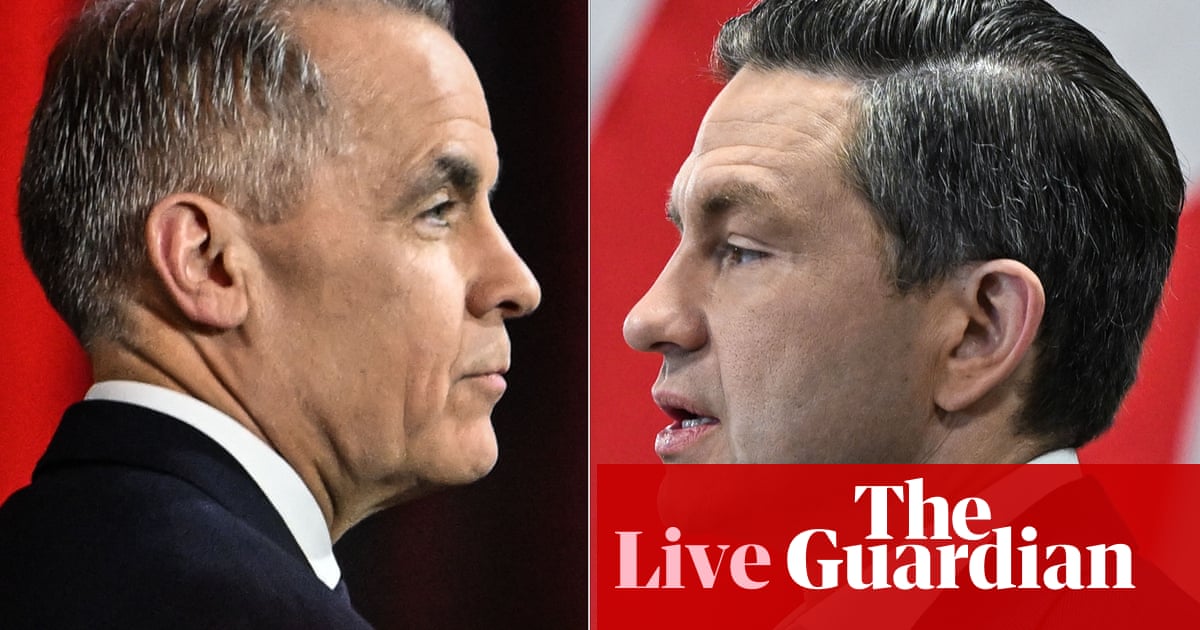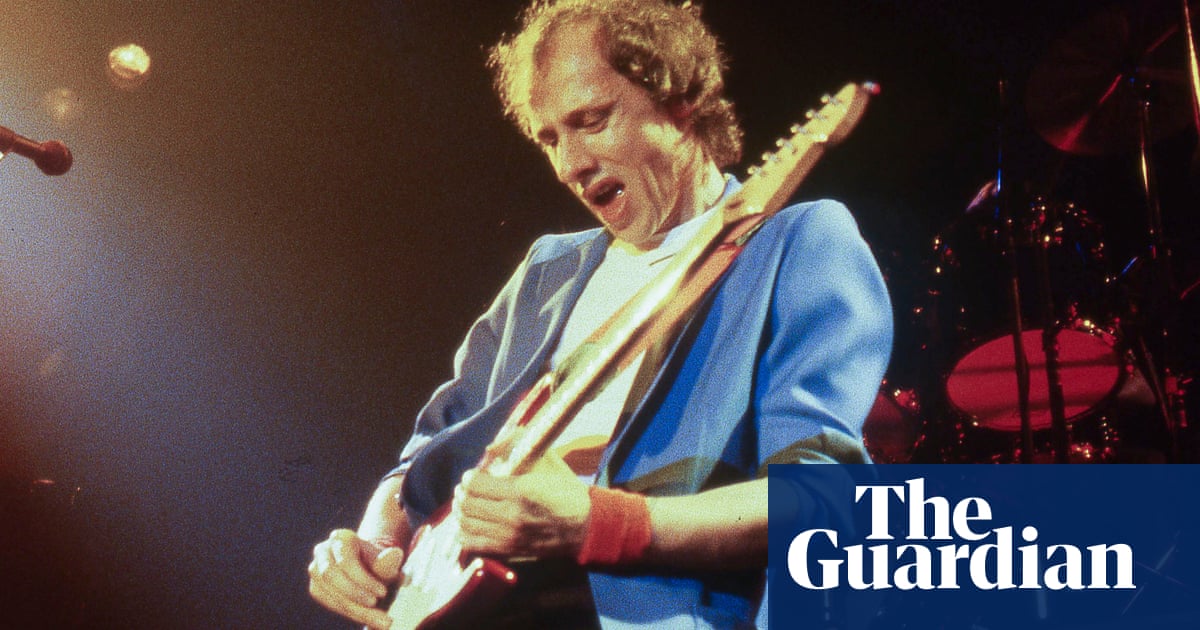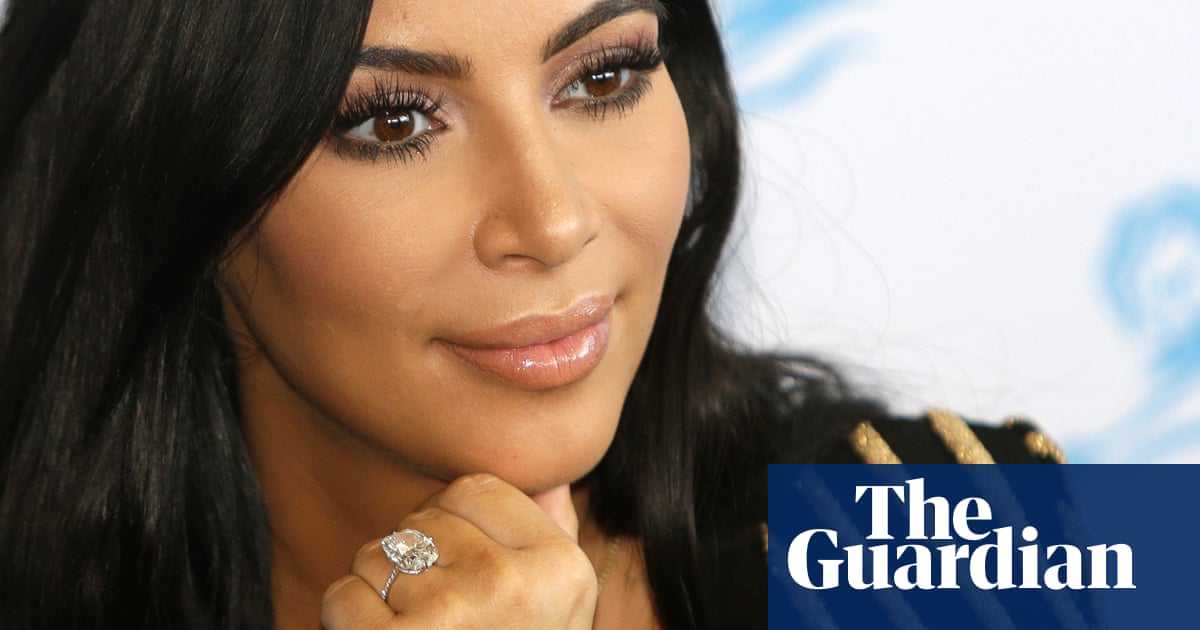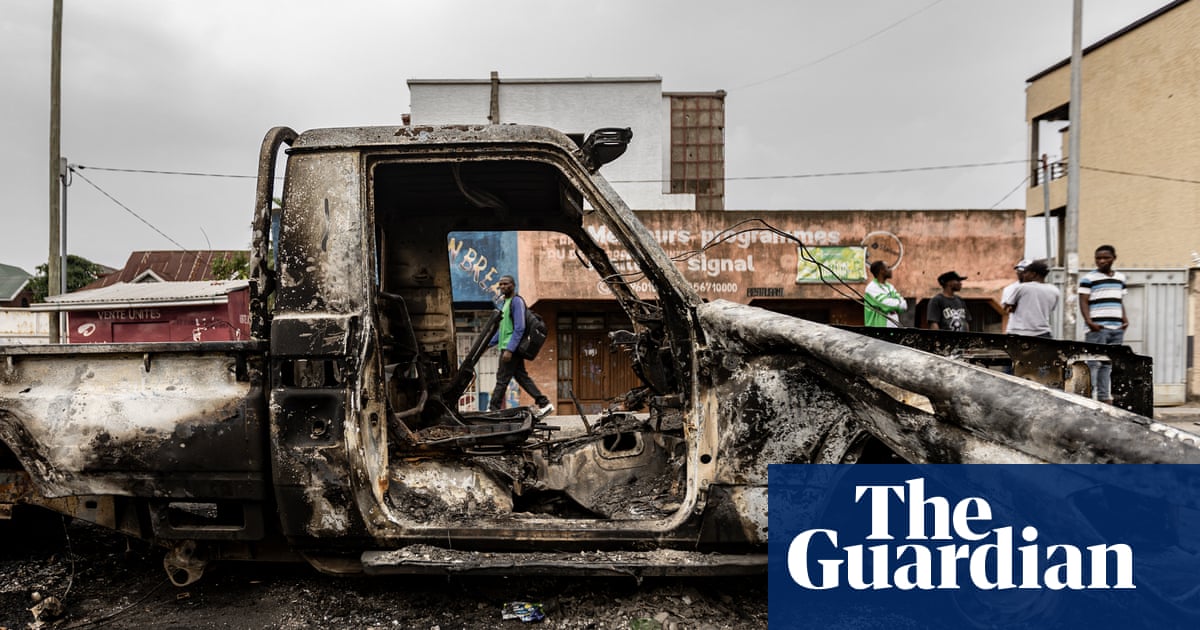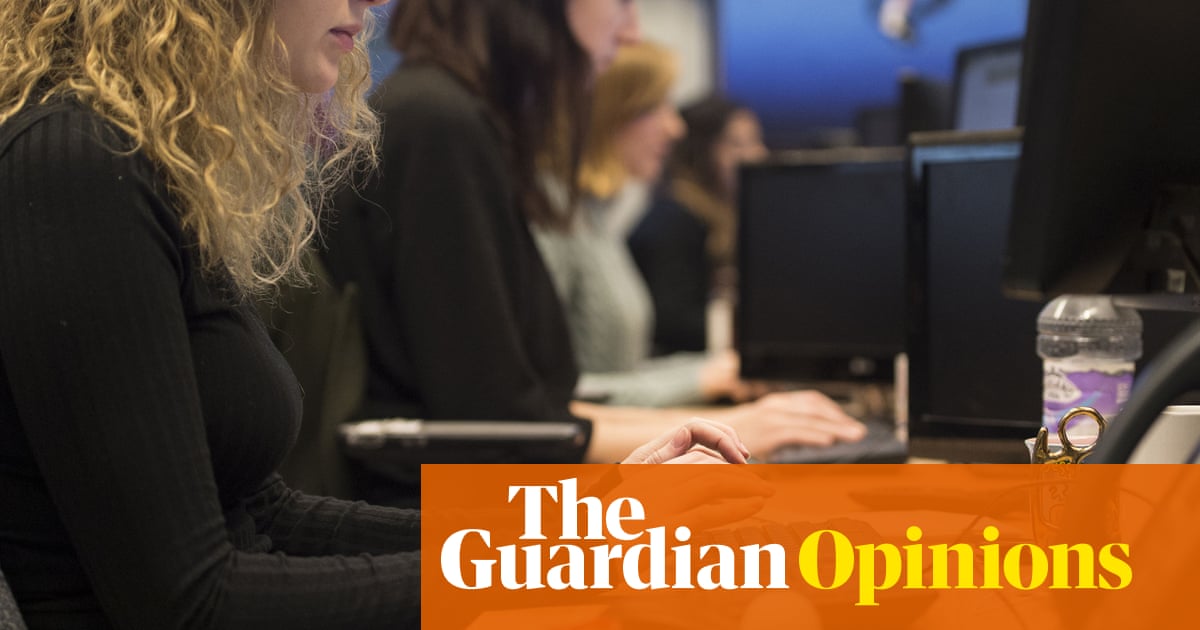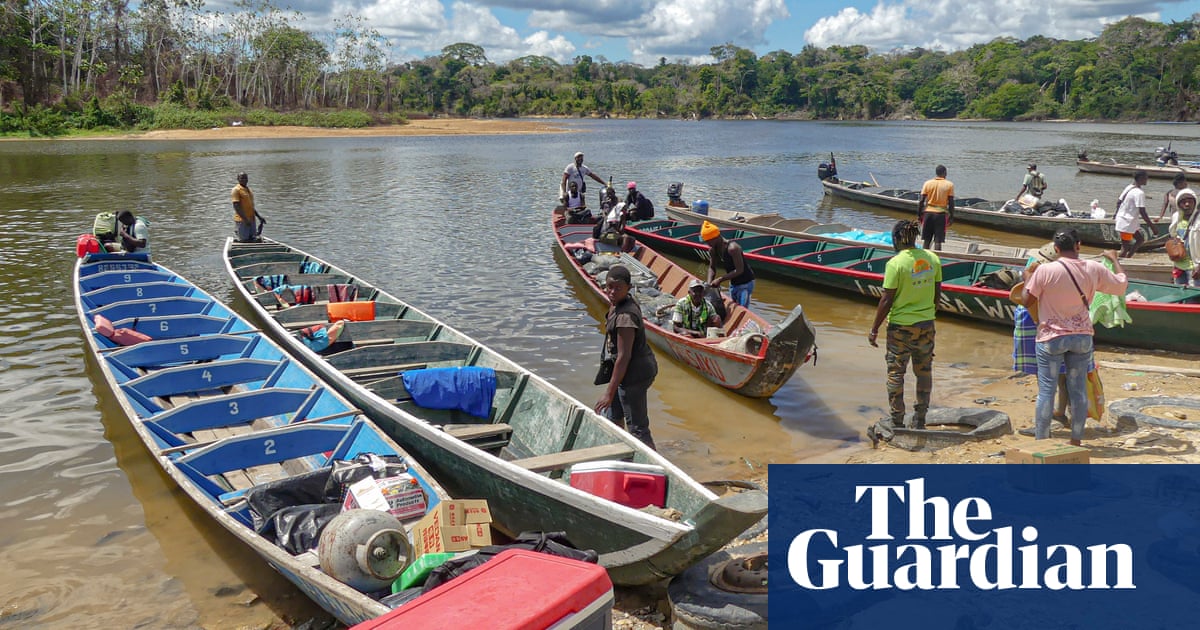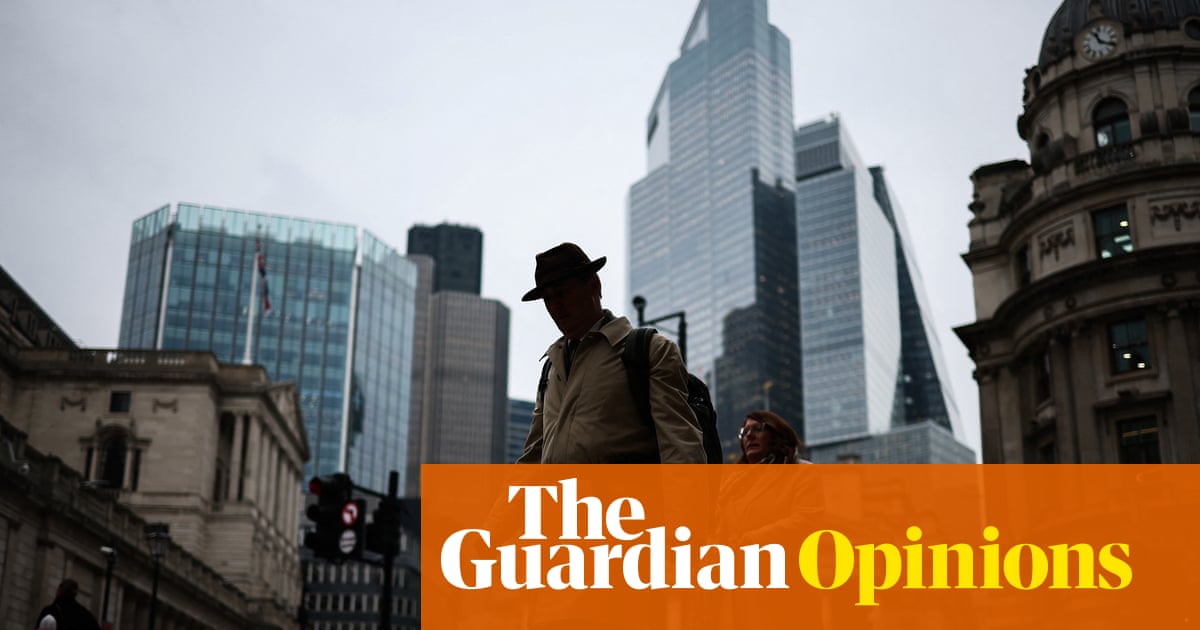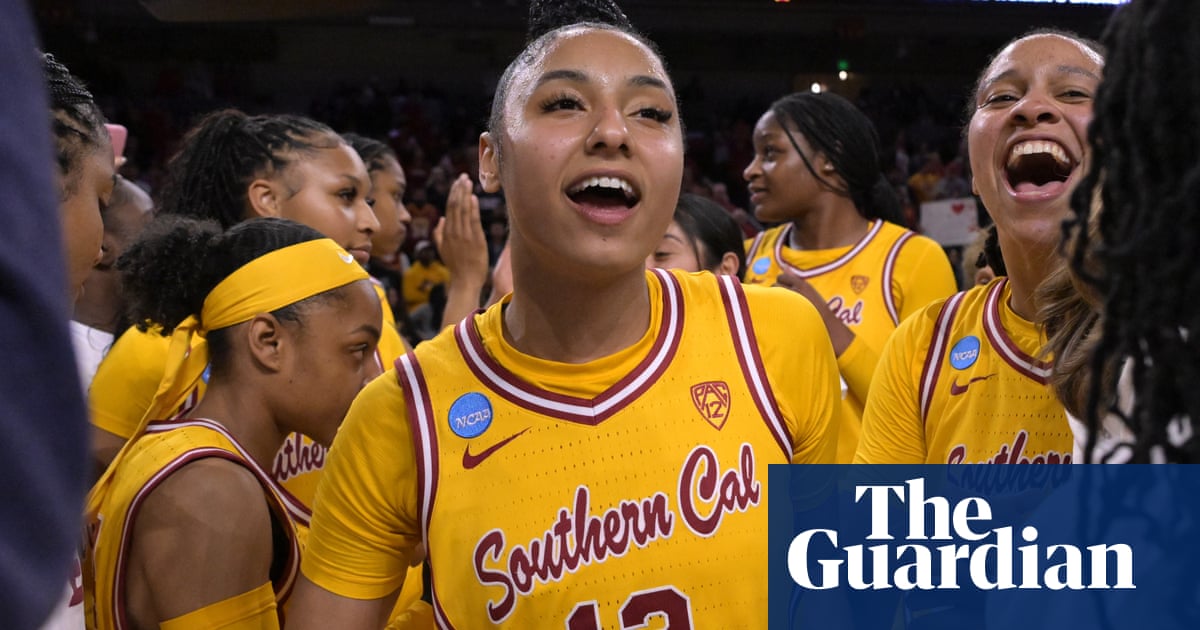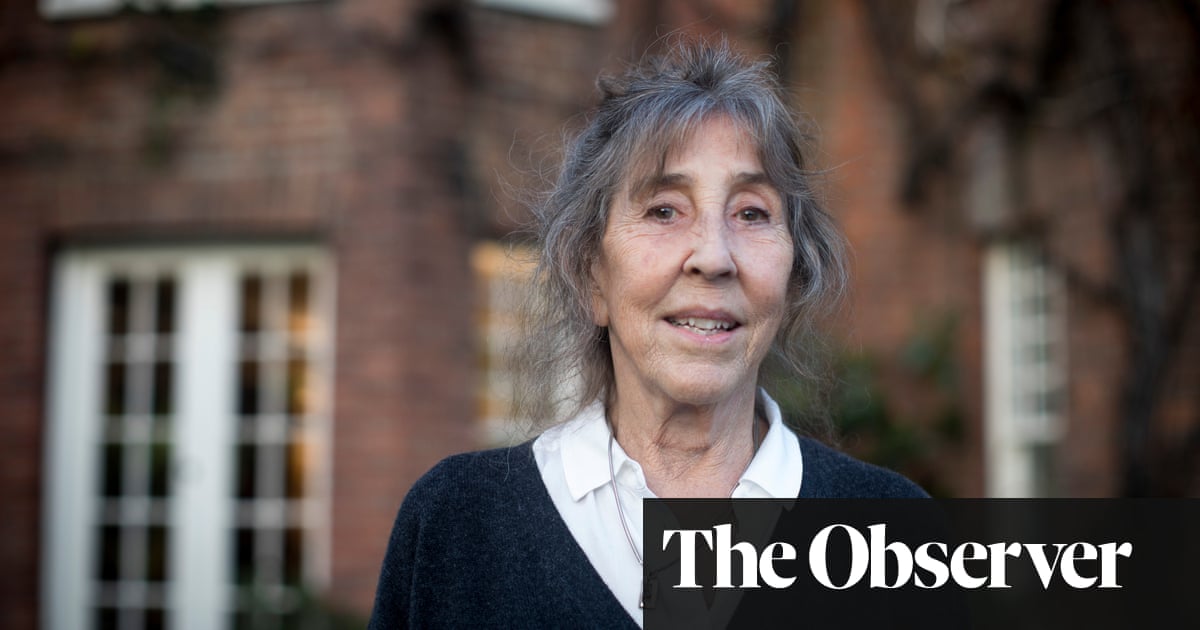Vladimir Putin has declared a three-day full ceasefire in the war with Ukraine in May to mark the 80th anniversary of the victory of the Soviet Union in the second world war.
The Kremlin said the 72-hour ceasefire would run from the start of 8 May to the end of 10 May, and called on Ukraine to join it as well. “All hostilities will be suspended during this period,” the Kremlin said in a statement. “Russia believes that the Ukrainian side should follow this example.”
The Kremlin said that in the event of violations of the ceasefire by the Ukrainian side, Russian armed forces would deliver an “adequate and effective” response.
Moscow also said it was ready to engage constructively with international partners to address the “root causes” of the conflict.
For Russia, that terminology serves as code for some of its more hardline aims in a broader settlement – including preventing Ukraine from joining Nato, limiting the size of its military, and having a say over Ukraine’s domestic politics.
If respected by both sides, the May ceasefire would mark the first full ceasefire since the start of Russia’s full-scale invasion of Ukraine more than three years ago.
However, the temporary nature of the truce suggests that US efforts to broker a broader peace deal remain elusive.
Russia has previously rejected a US proposal for an immediate and full 30-day halt in the fighting by imposing far-reaching conditions. Ukraine accepted it, Volodymyr Zelenskyy, the country’s president, has said.
Kyiv and Moscow had previously agreed to a partial Easter ceasefire, though each side accused the other of violating it. Since then, Russia has continued pounding Ukrainian cities, killing scores of civilians across the country.
Ukraine reacted with scepticism to Putin’s latest ceasefire offer and pointed out that Russia announced a similar truce over the Easter period only to massively violate it.
Commentators suggested the offer was a move to avoid the embarrassing spectacle of Ukrainian long-range drones disrupting the Kremlin’s Victory Day parade on Red Square and embarrassing Russia’s president in front of international leaders in Moscow.
They added that the unilateral move was clearly directed at the White House. It follows Donald Trump’s one-on-one meeting with Volodymyr Zelenskyy on Friday in Rome at the Pope’s funeral – hailed by both sides as “constructive”.
In reality, Russia intended to continue its war, they suggested. Anton Gerashchenko, a Ukrainian blogger and former interior ministry adviser, noted that Russia broke its own Easter ceasefire more than 3,000 times, according to Zelenskyy.
During the 30-hour period, the Russian army stopped its long-range missile attacks on Ukrainian cities. But it continued drone and artillery attacks across the frontline and even carried out infantry ground assaults, Ukrainian brigades confirmed.
Russian engineering units also used the lull to repair broken crossings and to carrying out de-mining, in preparation for further offensives, they said. There was speculation on Monday that the Kremlin would begin a large-scale offensive after the Victory Day truce ended.
Ukraine agreed in March to a US proposal for a 30-day ceasefire. Russia did not. Zelenskyy has called on the US and other partners to put pressure on Moscow, in order to bring about a “full and comprehensive ceasefire”.
Posting on social media, the Ukrainian journalist Svitlana Morenets predicted: “Putin announcing another short-term ceasefire means only one thing: there will be no peace deal in the coming weeks. And no truce on the frontline either. Putin is just putting on a show to calm Trump down. He also needs to stop Ukrainian drones from ruining his Victory parade.”
At the same time as Russia’s announcement was made on Monday, air raid sirens rang out in several parts of the country, warning of strikes in the east and central Cherkasy region.
In recent weeks, Russia has carried out a series of bloody missile strikes. They include an attack on Sumy – the most deadly this year – in which 35 people were killed. Last Thursday, another 12 people died in Kyiv, after a wave of drones and ballistic missiles struck the Ukrainian capital.
Putin’s ceasefire announcement comes amid mounting US frustration with Russia over its continued attacks on Ukraine.
The US president, Donald Trump urged Russia on Sunday to stop its attacks in Ukraine while his top diplomat said the US might walk away from peace efforts if it did not see progress.
“I was very disappointed that missiles were [launched] by Russia,” Trump told reporters as he travelled back to the White House. “I want [Putin] to stop shooting, sit down and sign a deal.”
Although Trump has repeatedly claimed he was close to ending the war, now in its fourth year, his efforts to broker a peace between Russia and Ukraine have so far yielded little result, stalled by Moscow’s hardline demands.
In a series of interviews with foreign media, Russia’s top diplomat, Sergei Lavrov, hinted that Moscow continued to maintain maximalist demands – conditions that both Ukraine and the US have repeatedly pushed back against.
In an interview published with the Brazilian outlet O Globo, Lavrov said that Moscow insisted on the international recognition of its hold over Crimea, as well as the entirety of Ukraine’s Donetsk, Luhansk, Kherson and Zaporizhzhia regions, as a condition for peace negotiations.
Speaking to CBS a day earlier, Lavrov also pushed against future western military support for Ukraine.
On 9 May, known as Victory Day, Russians celebrate the 1945 end of what they call the “Great Patriotic War.”. The Victory Day parade traditionally features heavy weaponry and is intended as a display of Russian military strength, reinforcing a narrative of resilience and national pride.

 4 hours ago
6
4 hours ago
6
